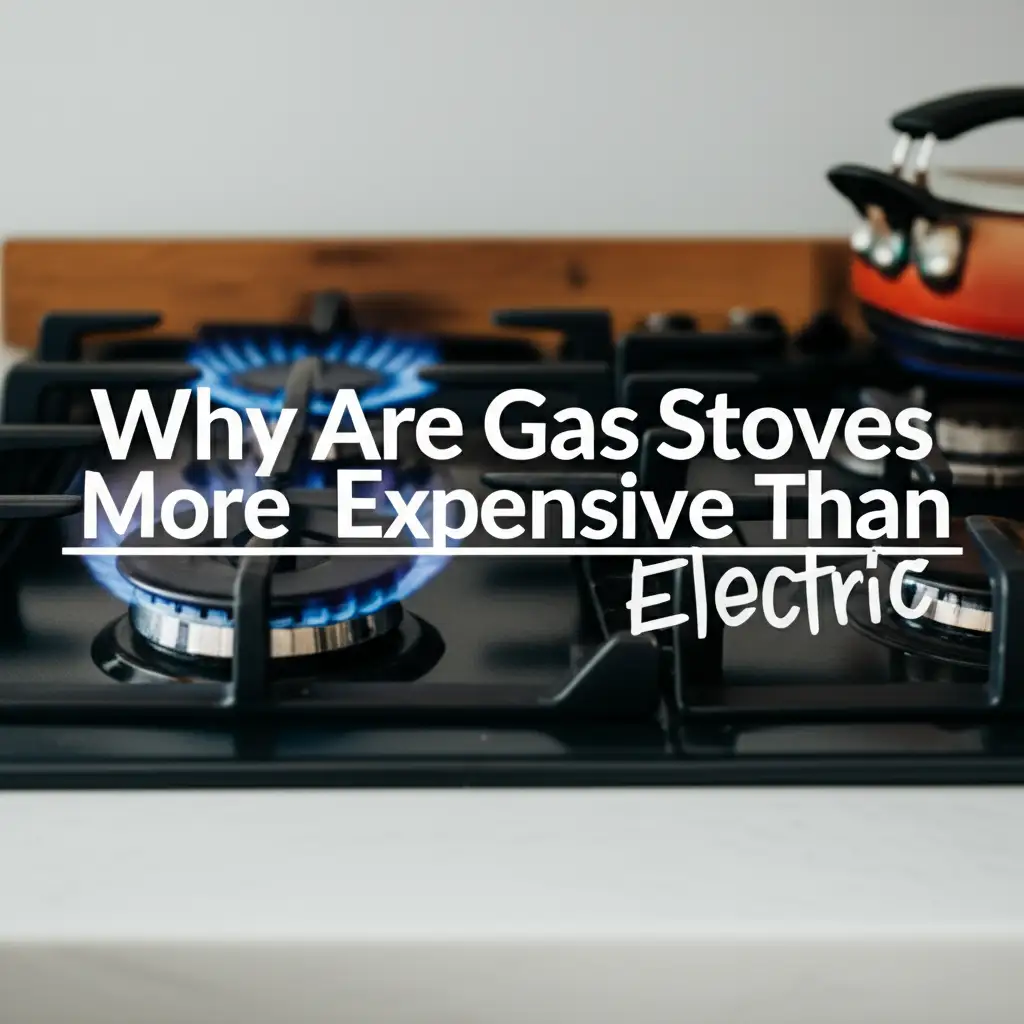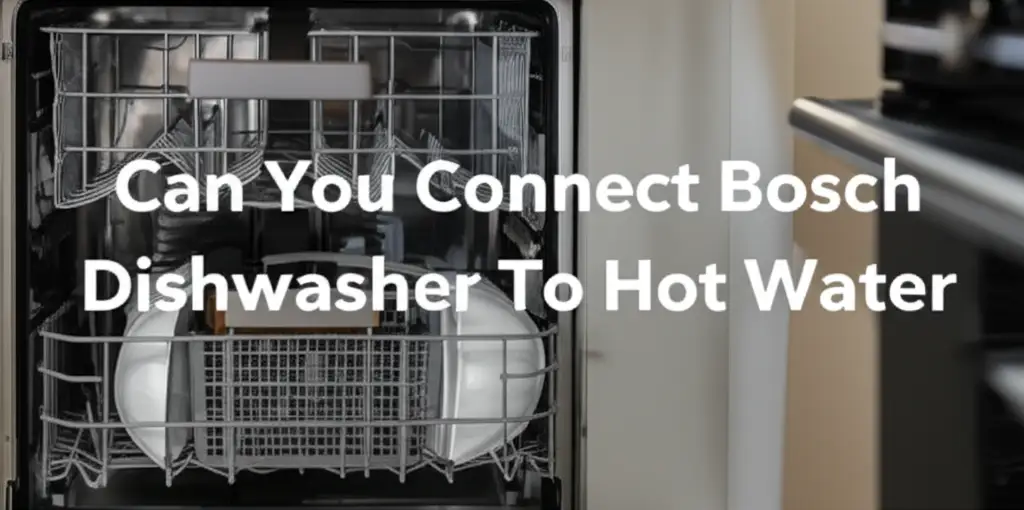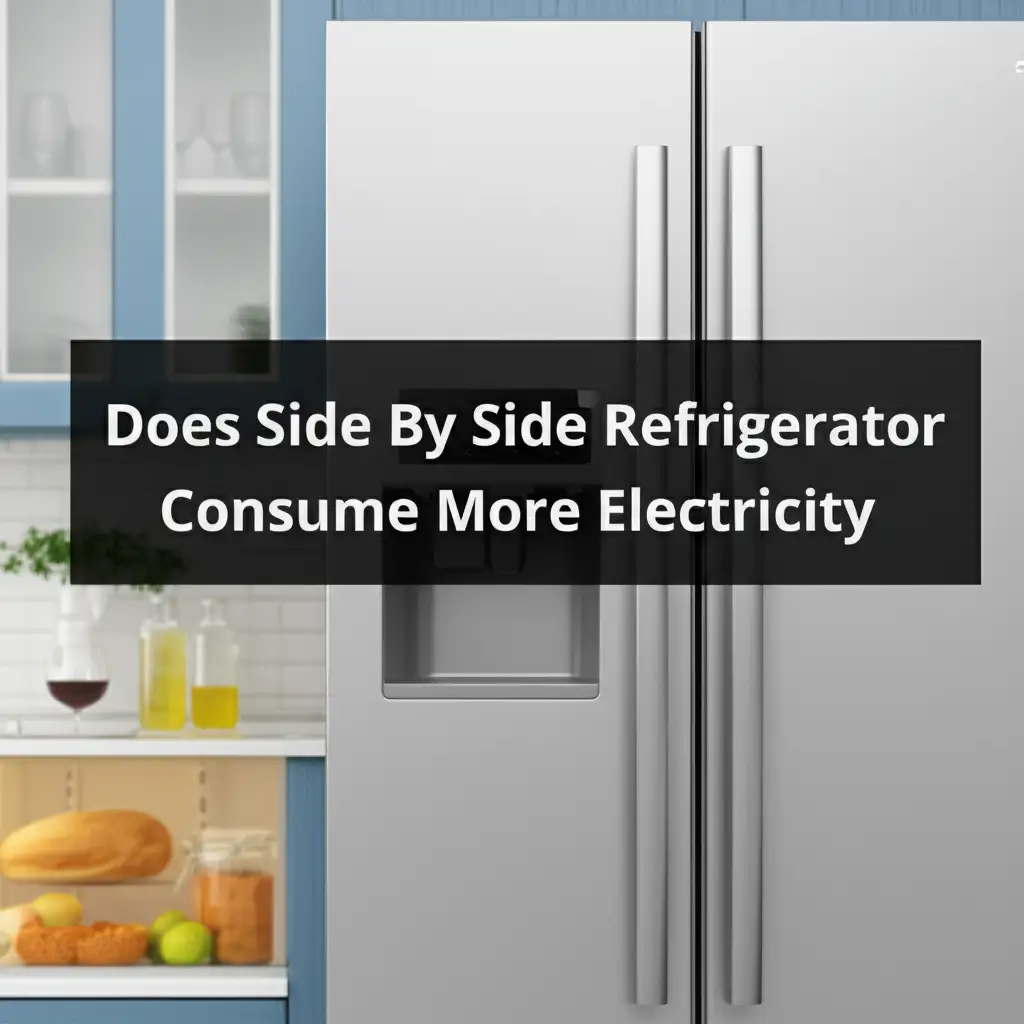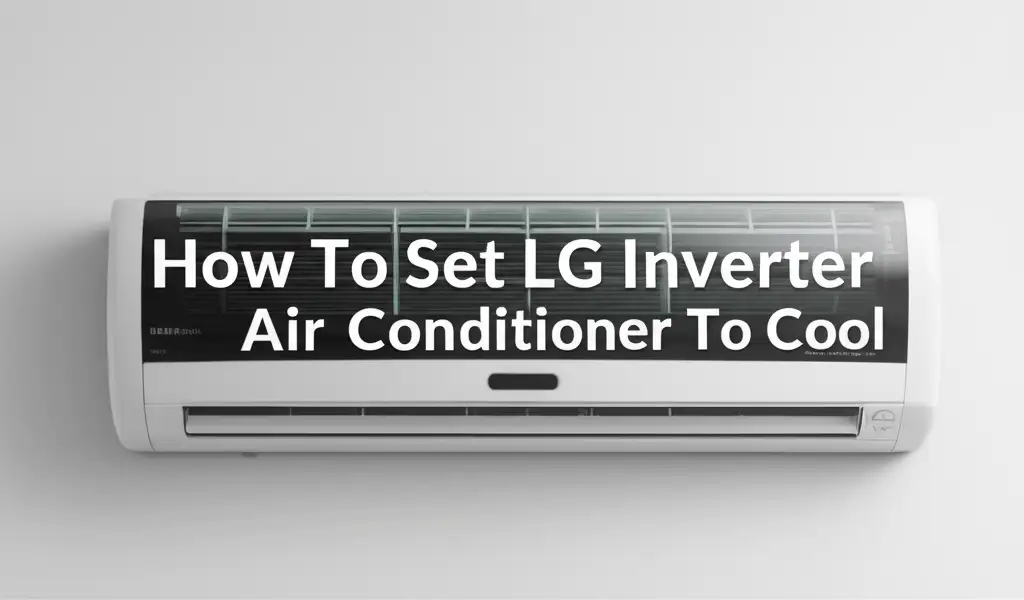· Todd Martin · Home Appliances · 20 min read
Why Are Gas Stoves More Expensive Than Electric

Why Are Gas Stoves More Expensive Than Electric?
Thinking about a new kitchen stove? You might notice a price difference between gas and electric models. Many people ask, “Why are gas stoves more expensive than electric?” It is a common question for homeowners. The initial purchase price is just one part of the story.
Comparing these appliances involves looking at many cost factors. We consider installation, ongoing operational expenses, and even potential repair bills. Electric stoves often appear cheaper upfront. However, gas stoves can offer different benefits that justify their higher cost for some users. This article explores all these factors. We will help you understand the full financial picture.
Takeaway
- Higher Upfront Cost: Gas stoves generally cost more to buy initially due to complex manufacturing and specific components.
- Significant Installation Fees: Adding a gas line and proper ventilation increases the overall cost. Electric stoves usually only need a standard outlet.
- Varying Operational Costs: The price of natural gas or propane often makes gas stoves cheaper to run monthly than electric ones, depending on local utility rates.
- Maintenance and Longevity: Gas stoves may have different maintenance needs and a longer potential lifespan.
- Feature-Rich Models: Higher-end gas stoves come with professional-grade features and materials, increasing their price point.
Gas stoves often cost more than electric stoves due to higher manufacturing complexity, specialized installation requirements like gas line hookups and robust ventilation systems, and premium features found in many gas models. While initial costs are higher, operational costs can sometimes be lower depending on local utility prices, which might balance the total expense over the stove’s lifespan.
Understanding Initial Purchase Prices
When you first look at stoves, you will likely see higher price tags on gas models. This difference is not by accident. Gas stoves have more complex parts inside them. They need specific burners, ignition systems, and safety features.
These components cost more to make and assemble. Electric stoves, especially coil or ceramic types, have simpler heating elements. Their construction is often less intricate. Induction electric stoves are an exception; they can be very expensive. However, when comparing standard models, gas stoves usually cost more to buy.
Manufacturers spend more on materials and labor for gas models. A robust gas range requires durable grates and precise valve controls. These parts ensure safe and efficient gas flow. Such engineering adds to the production cost. This increased cost then passes on to the consumer.
- Component Complexity: Gas stoves use igniters, gas valves, thermocouples, and specific burner designs. Each part must work perfectly for safety and performance. Electric stoves mainly use heating coils or elements, which are simpler.
- Material Quality: Many gas stoves, particularly professional-style ones, use heavy-duty materials like cast iron grates and stainless steel finishes. These materials add to the stove’s weight and durability. They also increase the price. Electric stoves often use lighter materials.
- Brand and Model Variations: Just like cars, different brands offer various features and quality levels. A basic gas stove might cost less than a high-end electric induction model. However, comparing similar quality levels, gas often stands higher. Popular professional brands often specialize in gas ranges.
Think about a standard 30-inch gas range. It might start around $700 to $800. A comparable electric range could begin at $500 to $600. High-end gas ranges can easily go into thousands of dollars. They offer powerful burners and professional appearance. These features directly impact the initial retail price.
Examining Installation Complexities and Costs
The cost of a stove does not end with its purchase. Installation can add a significant amount, especially for gas models. Gas stoves require a gas line connection. If your home does not have one in the kitchen, installation becomes very expensive.
A licensed plumber must install the gas line safely. This job involves running pipes, cutting into walls, and ensuring no leaks. This work needs professional expertise. It is not a DIY task for most homeowners.
Electric stoves typically just plug into an existing electrical outlet. Most require a 240-volt outlet. If your kitchen lacks this specific outlet, an electrician must install one. This can also add costs, but it is usually less expensive than running a new gas line. Gas lines also require careful venting. You must vent combustion byproducts outdoors.
Gas Line Installation:
- New Line: If a gas line is not present, plumbers need to run new piping from your main gas supply. This can involve permits, cutting walls, and extensive labor. Costs can range from a few hundred to over a thousand dollars.
- Existing Line Check: Even with an existing gas line, a professional must ensure it is up to code and in good working order. They also need to connect the stove properly.
- Propane Conversion: Some gas stoves can convert to propane use. This conversion needs a special kit and professional installation. It adds to the overall cost. For more details on this, you can read about converting gas stoves to propane. This conversion is another expense that electric stoves do not have.
Electrical Requirements:
- Dedicated Circuit: Electric stoves need a dedicated 240-volt circuit. Standard wall outlets are 120-volt. If your kitchen does not have the correct outlet, an electrician must install it. This involves new wiring and a breaker in your electrical panel.
- Less Invasive: While still a cost, installing an electrical circuit is usually less disruptive than installing a new gas line. There is no risk of gas leaks.
Ventilation Systems:
- Crucial for Gas: Gas stoves release combustion byproducts, including carbon monoxide and nitrogen dioxide. Proper ventilation is critical for health and safety. This often means installing a powerful range hood that vents to the outside.
- Added Cost: A good ventilation system can cost hundreds to thousands of dollars. It includes the hood unit, ductwork, and installation labor. While electric stoves also benefit from ventilation, it is less critical for safety than with gas. For information about how gas stoves can impact indoor air quality, consider learning how the use of gas stoves affects climate change. This highlights the need for robust ventilation.
These installation costs often represent a significant portion of the total expense. They are crucial to consider when comparing gas and electric stoves. Neglecting proper installation or ventilation for gas stoves can lead to safety hazards.
Comparing Energy Consumption Costs
After installation, the running costs become important. This is where gas stoves often show an advantage. Natural gas is typically cheaper than electricity in many regions. Your monthly utility bill can be lower with a gas stove. This can offset the higher upfront purchase and installation costs over time.
However, energy prices vary greatly by location. Check your local utility rates for natural gas and electricity. Sometimes, electricity might be cheaper in areas with renewable energy sources. This makes the electric stove more cost-effective. Propane, used in homes without natural gas lines, is often more expensive than natural gas. It can also be more expensive than electricity.
Natural Gas:
- Lower per BTU: Natural gas generally costs less per British Thermal Unit (BTU) of energy. A BTU measures heat output. This means getting the same amount of heat from gas is often cheaper than from electricity.
- Efficient Heating: Gas flames provide instant and direct heat. This can be more efficient for some cooking tasks. Many chefs prefer gas for its precise control.
- No Peak Charges: Natural gas prices are less likely to have time-of-day peak charges. Electricity rates can change throughout the day, costing more during high-demand hours.
Electricity:
- Varies by Region: Electricity costs vary widely based on your utility company and state. Some regions have very affordable electricity, while others have high rates.
- Induction Efficiency: While coil or ceramic electric stoves can be less energy-efficient, induction cooktops are highly efficient. They transfer almost all energy directly to the cookware. This reduces wasted heat and can lower operating costs.
- Heating Time Differences: Electric stoves can sometimes take longer to heat up compared to gas. This can impact energy use slightly. If you want to know more about heating times, you can learn how long electric stoves take to heat up. This might influence your cooking habits and energy consumption.
For example, if you cook frequently, the lower monthly operating cost of a gas stove could save you money over ten years. These savings can add up. They could potentially make the gas stove a more affordable option in the long run. Always consider your specific usage and local utility rates.
Analyzing Maintenance and Repair Expenses
All appliances need maintenance. They all can break down. Gas and electric stoves have different typical repair issues and costs. Gas stoves often have a reputation for being more durable and lasting longer. They have fewer electronic components that can fail.
However, when a gas stove needs repair, it might be more specialized. A technician working on gas lines needs specific certifications. This can make their services more expensive. Common issues include igniter problems or burner clogs. Cleaning a gas oven can be a specific task, too. Learning how to clean a gas oven can help with maintenance.
Electric stoves, especially those with ceramic glass tops, are prone to surface damage. Cracks can be costly to replace. Their electronic controls can also fail, leading to expensive repairs. However, many electric stove repairs are simpler. A wider range of technicians can fix them.
Common Gas Stove Issues:
- Ignition Problems: Igniters can wear out or get dirty. This prevents burners from lighting. Replacing an igniter is usually not too expensive.
- Gas Leaks: This is a serious safety issue. Gas leaks require immediate professional attention. It usually involves finding and sealing the leak.
- Clogged Burners: Food debris can clog burner ports. Regular cleaning prevents this. If neglected, it can affect flame quality.
- Pilot Light Issues: Older gas stoves use pilot lights. These can go out or become unreliable.
- Lifespan: Gas stoves often boast a longer average lifespan, sometimes 15-20 years or more. This long life can make the initial higher cost a better investment over time.
Common Electric Stove Issues:
- Heating Element Failure: Coils or elements can burn out. Replacing them is often straightforward and affordable.
- Glass Cooktop Cracks: Ceramic glass surfaces are durable but can crack from impact or thermal shock. Replacing the entire cooktop surface is very expensive.
- Control Board Malfunctions: Electronic control boards can fail. These parts are often expensive to replace.
- Thermostat Problems: An oven thermostat can malfunction, leading to incorrect temperatures.
- Lifespan: Electric stoves typically last 10-15 years. This is slightly less than gas models on average.
When considering longevity and repair costs, the choice between gas and electric is not clear-cut. Gas stoves might last longer, but specialized repairs can be costly. Electric stoves might have a shorter lifespan, but common repairs could be cheaper. Your maintenance habits also play a big role.
Feature Sets and Technological Advancements
High-end gas stoves come with many advanced features. These features increase their price. Professional-grade gas ranges offer powerful burners. They provide high BTUs for fast searing. They also have low simmer settings for delicate cooking. Dual-fuel ranges, combining a gas cooktop with an electric oven, also exist. These can be more expensive too. You can have both an electric oven and gas hob. This configuration offers the best of both worlds but often at a premium price.
Electric stoves also have advanced features. Induction cooktops, for example, use magnetic fields to heat cookware directly. They offer incredible speed and precise temperature control. However, these features usually come at a higher cost than basic electric models. The technology for gas stoves can be more complex to implement at a high level.
Gas Stove Premium Features:
- High-BTU Burners: Professional gas ranges often have one or more ultra-high BTU burners. These are for rapid boiling or intense searing. This capability is a significant draw for serious cooks.
- Precise Simmer Settings: Many premium gas models offer very low simmer settings. This allows for slow cooking without burning.
- Griddle/Grill Attachments: Some gas ranges include built-in griddles or interchangeable grill plates. These additions increase versatility.
- Convection Ovens: Gas ovens can include convection fans for more even baking. This feature adds to the overall cost.
- Smart Features: Higher-end gas stoves might have Wi-Fi connectivity. This allows remote control and monitoring.
Electric Stove Premium Features:
- Induction Technology: As mentioned, induction cooktops are premium. They offer superior speed and safety. Their price reflects this advanced technology.
- Bridge Elements: Some electric cooktops have elements that can bridge together. This creates a larger heating zone for oversized pots or griddles.
- Self-Cleaning Cycles: Most modern electric ovens include self-cleaning features. While convenient, this technology adds to the appliance cost.
- Air Fryer Mode: Some newer electric ranges integrate air frying capabilities into the oven. This feature provides more cooking options.
- Touch Controls and Digital Displays: Premium electric stoves often feature sleek touch controls and large digital displays. These elements contribute to a modern aesthetic and higher price.
The desire for specific cooking performance or a professional kitchen look drives up the price for gas stoves. Many people prefer the instant control of a gas flame for certain dishes. This preference makes them willing to pay more. They feel that electric stoves cannot cook as well as gas for specific tasks. This perception adds to the demand for gas stoves, driving up their value and price.
Safety Requirements and Associated Expenditures
Safety is paramount for any cooking appliance. Gas stoves introduce unique safety considerations. These considerations can lead to additional costs. They require specific precautions to prevent gas leaks and carbon monoxide buildup.
Every home with a gas appliance should have carbon monoxide detectors. These devices alert you to dangerous gas levels. While not exclusive to stoves, they are essential when using gas. They are an added purchase if you do not already have them.
Proper ventilation is also a significant cost factor. Gas combustion produces harmful gases. These gases must vent outside your home. A powerful range hood is often necessary. It ensures healthy indoor air quality. This kind of ventilation system is more robust than what is typically needed for an electric stove.
Carbon Monoxide Detectors:
- Essential Safety: Carbon monoxide (CO) is a colorless, odorless gas. It is a byproduct of incomplete combustion from gas appliances. CO detectors are inexpensive but vital safety devices.
- Placement: You need CO detectors near sleeping areas and on every level of your home. This ensures early warning of a leak.
Ventilation Systems:
- Exhausting Byproducts: Range hoods for gas stoves must effectively pull air outside. They remove carbon monoxide, nitrogen oxides, and other pollutants.
- Ductwork Installation: Installing a ducted range hood involves running ductwork through walls or ceilings. This process is often complex and labor-intensive.
- Hood Power (CFM): Gas stoves often require range hoods with higher CFM (Cubic Feet per Minute) ratings. These powerful hoods are generally more expensive than less powerful models. This adds to the overall cost.
Gas Shut-off Valves:
- Emergency Cut-off: Every gas appliance should have an accessible shut-off valve. This allows you to quickly turn off the gas in an emergency.
- Professional Installation: These valves must be installed by a professional. This ensures they meet safety codes.
Electrical Concerns (Specific to Gas Ovens with Electric Ignition):
- Some gas ovens use electricity for their ignition system and internal lights. If there is an electrical issue, such as a tripped breaker, the gas oven might not work. In some cases, a gas oven can even trip the electric breaker. This type of issue might require an electrician, adding to potential maintenance costs.
The safety infrastructure needed for gas stoves adds to their overall expense. These are not optional costs. They are crucial investments for your family’s health and safety. Homeowners must budget for these items when choosing a gas stove.
Impact of Brand, Quality, and Material Costs
The brand name and the quality of materials used significantly affect a stove’s price. This is true for both gas and electric models, but it is often more pronounced with gas. High-end gas stove manufacturers often use premium, durable materials. These materials include heavy-gauge stainless steel, solid brass burners, and commercial-grade components.
These materials are more expensive to source and work with. They also contribute to the stove’s longevity and performance. Brands known for professional-grade kitchen appliances tend to focus on gas models. They justify their higher prices with superior craftsmanship and advanced features.
Premium Materials:
- Stainless Steel: High-quality stainless steel resists corrosion and staining better. It is often thicker and polished to a finer finish on expensive models.
- Cast Iron Grates: Heavy, continuous cast iron grates are common on gas stoves. They are durable and distribute heat well. They are also more expensive to produce than stamped metal grates.
- Burner Construction: High-end gas burners are often made from brass or other robust alloys. They are designed for precise flame control and longevity.
Brand Reputation and Research & Development:
- Innovation Costs: Leading appliance brands invest heavily in research and development. They create new technologies and improve existing ones. These costs are built into the product price.
- Quality Control: Premium brands have stricter quality control processes. This ensures their products meet high standards. It also reduces defects. This rigorous testing adds to the manufacturing cost.
Manufacturing Complexity:
- Precision Engineering: Building a high-performance gas stove requires precision engineering. The parts must fit together perfectly for safety and efficiency. This level of craftsmanship adds to the labor costs.
- Testing and Certification: Gas appliances undergo rigorous testing and certification. They must meet strict safety standards. This process ensures they operate safely. These tests are expensive.
For example, a luxury brand gas range might feature sealed burners, continuous grates, a wok ring, and a griddle. It may also have multiple convection ovens. These features push the price well into the thousands of dollars. A basic electric coil range might cost a few hundred. The difference in material quality, construction, and specialized features explains much of the price gap. Customers willing to pay more expect superior performance and a professional look.
Resale Value and Long-Term Investment
When thinking about the total cost of a stove, consider its long-term value. This includes its lifespan and how it affects your home’s resale value. Gas stoves often have a longer expected lifespan than electric models. A well-maintained gas range can last 15 to 20 years or more. Electric stoves typically last 10 to 15 years. This longer lifespan means you replace the appliance less often. This saves money in the long run.
Many potential homebuyers prefer gas stoves. They appreciate the precise control for cooking. They also like the professional look of many gas ranges. Having a gas hookup in the kitchen can be an attractive feature. This can potentially add to your home’s appeal and value when you sell.
Appliance Longevity:
- Durable Components: Gas stoves generally use fewer delicate electronic components. Their mechanical parts are often robust. This contributes to their longer lifespan.
- Investment Return: A longer-lasting appliance means a lower cost per year of use. Even with a higher upfront price, the extended lifespan can make gas stoves more economical over time.
Home Resale Value:
- Desired Feature: For many home cooks, a gas stove is a must-have. It is a highly desired kitchen feature. It can make your home more appealing to buyers.
- Kitchen Appeal: A high-quality gas range can act as a focal point in the kitchen. It can contribute to a premium feel. This can enhance the overall perception of your home.
- Installation Advantage: If your home already has a gas line and proper ventilation for a gas stove, it saves potential buyers significant installation costs. This can be a selling point.
Perceived Value vs. Actual Cost:
- Cooking Experience: Many people find the cooking experience on a gas stove superior. They prefer the instant heat adjustment and visible flame. This perception of value translates into higher demand.
- Professional Look: Gas ranges, especially those with professional styling, add to the aesthetic appeal of a kitchen. This can be a strong draw for some buyers.
While electric stoves, especially induction models, offer excellent performance, the traditional preference for gas cooking remains strong. This preference can influence the perceived value and attractiveness of a home during a sale. Therefore, considering the potential boost to your home’s resale value is important when calculating the overall cost of a gas stove.
Environmental Considerations and Future Costs
The environmental impact of appliances is gaining more attention. This can influence future costs and regulations. Gas stoves burn fossil fuels, contributing to greenhouse gas emissions. They also release pollutants like nitrogen dioxide into indoor air. This is why proper ventilation is so important.
Some cities and states are now considering or implementing bans on new gas hookups in homes. This is part of a broader move towards electrification. If these trends continue, installing a new gas stove might become more difficult or impossible in certain areas. This could affect the availability of gas appliances in the future.
Emissions and Air Quality:
- Greenhouse Gases: Burning natural gas releases carbon dioxide and methane. These are potent greenhouse gases. This contributes to climate change.
- Indoor Pollutants: Gas stoves can release nitrogen dioxide and fine particulate matter. These can affect indoor air quality. They can worsen respiratory conditions. Adequate ventilation mitigates this risk. To learn more about this specific impact, read about how the use of gas stoves affects climate change.
Policy and Regulation:
- Electrification Push: Many governments are promoting electrification of homes. This aims to reduce reliance on fossil fuels. This could lead to incentives for electric appliances. It might also lead to disincentives or bans for new gas installations.
- Future Costs: If gas hookups are banned, current gas appliances might depreciate faster. Converting a home to all-electric could become a significant future expense if you later want to switch.
Energy Grid and Renewables:
- Cleaner Electricity: As more electricity comes from renewable sources like solar and wind, electric stoves become a greener option. This trend could make electricity more attractive in the long term.
- Grid Resilience: A fully electrified home relies entirely on the electricity grid. Gas stoves offer an alternative during power outages if they have manual ignition.
The environmental cost is a less tangible financial expense. However, it is an important consideration. Potential future regulations or a desire for a lower carbon footprint might steer some consumers towards electric options. These factors could impact the overall long-term desirability and cost-effectiveness of gas stoves. Homeowners should stay informed about local energy policies and climate initiatives.
FAQ Section
Q1: Is it always cheaper to operate a gas stove than an electric one? A1: Not always. The operational cost of a stove depends on local utility rates for natural gas and electricity. In many regions, natural gas is less expensive per BTU, making gas stoves cheaper to run monthly. However, in areas with very low electricity rates or high natural gas prices, an electric stove could be more economical to operate. Always check current rates in your specific location.
Q2: What is the main hidden cost of a gas stove? A2: The main hidden cost of a gas stove is often the installation of a new gas line and proper ventilation. If your home does not have a gas hookup in the kitchen, running a new line requires professional plumbing work, permits, and potentially wall modifications. A robust, ducted range hood is also essential for safety, adding to installation expenses.
Q3: Do gas stoves last longer than electric stoves? A3: Generally, yes. Gas stoves often have a longer lifespan, typically lasting 15 to 20 years or more. They tend to have fewer complex electronic components that are prone to failure. Electric stoves usually last between 10 and 15 years. This longer lifespan can make the initial higher investment in a gas stove more cost-effective over many years.
Q4: Can I convert an electric stove to a gas stove?





